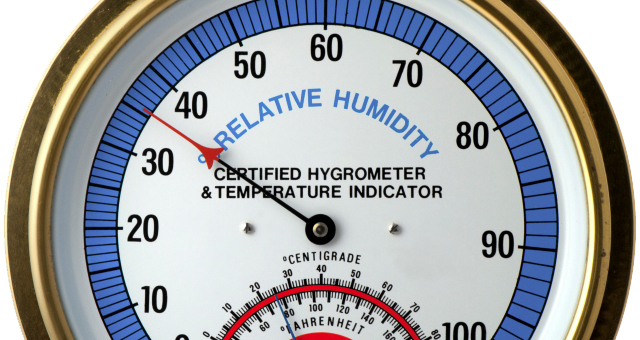Humidity Prevention for Rectifiers
PLATING RECTIFIER FAILURE PREVENTION: HUMIDITY
HUMIDITY is the “NUMBER ONE KILLER” of the air cooled plating rectifier.
High humidity near a rectifier or any other electrical equipment can short-circuit various component parts. Fuse blocks, line terminal blocks, relays, contactors, push-buttons, tap switches; and worst of all, power transformers, are susceptible to this type of damage. All these parts carry high voltage and must be kept dry. Insulators will short out when soaked with water or other wet chemicals; however, there is little that platers can do to prevent high humidity in their shop when they have hot water baths and heated plating tanks. They must accept this, however, there are several things that can be done to guard against humidity damage.
The best preventative method is to locate the rectifier in an adjacent room. To accomplish this, run the DC bus through the wall to the plating tanks and install a remote control to the rectifier at the plating tank. Clean, dry, fresh air must be provided to the “rectifier room.” Intake and exhaust blowers and fans are usually required to do this. This air may come from outside the building or a clean area inside the building. The intake and output of the air in this room should be given some thought concerning summer and winter temperatures and humidity. If exhaust blowers are not sufficient to keep the “rectifier room” under 100 degrees F, air conditioning the “rectifier room” might be considered.
If the rectifier must be located in the plating room, several precautions should be taken. First, locate the rectifier as far away from the plating tanks as possible. Mount the unit up on cement blocks, or equal, to keep it away from normal floor debris. Install a simple automatic heating system inside the unit. This can be heaters or lamp bulbs which will come on automatically when the unit is off. This is a very simple circuit which you can install yourself. This heat will provide a steady flow of warm air during the evening hours and especially on the weekends. As a general rule, allow two to three feet around the rectifier for ventilation, servicing and general maintenance.
If you find the inside of your rectifier “wet”, do not apply line power to it. It is almost certain that you will damage the rectifier. Open some of the panels and apply warm moving air to the inside. Drying might take up to eight hours, so be patient. When you think the unit is dried out, take some ohmmeter or meager tests from the primary wiring to the ground. Your reading should be at least 100,000 ohms. If it is less than 100,000 ohms, continue drying until sufficient readings are taken.
If you would like additional information or if you would like to talk to someone please feel free to call or email us directly.
Ed McKinley - D.C. Power Supplies
Phone: 216.631.9938
